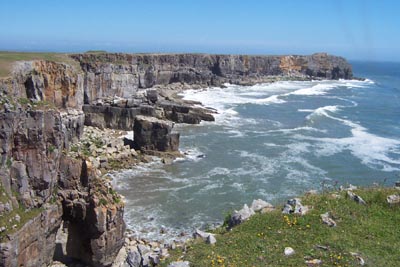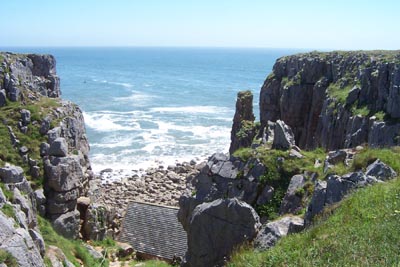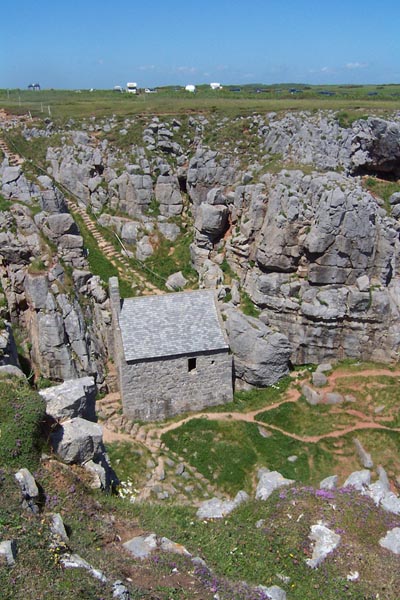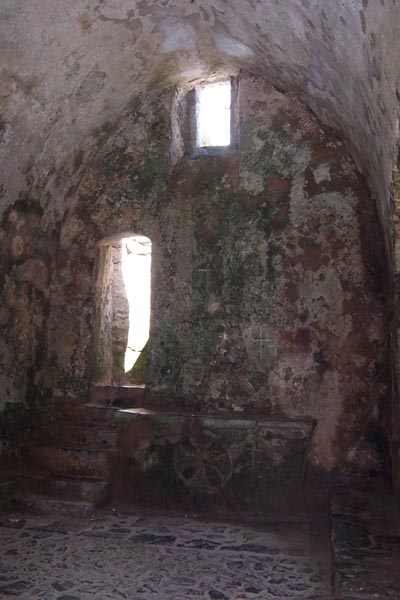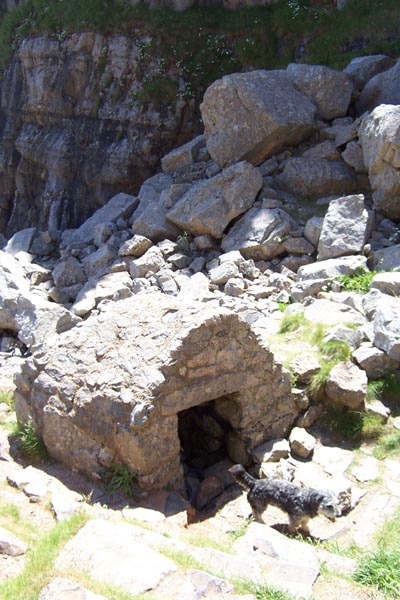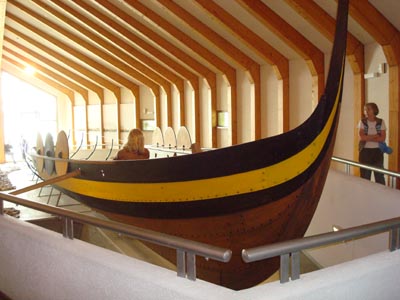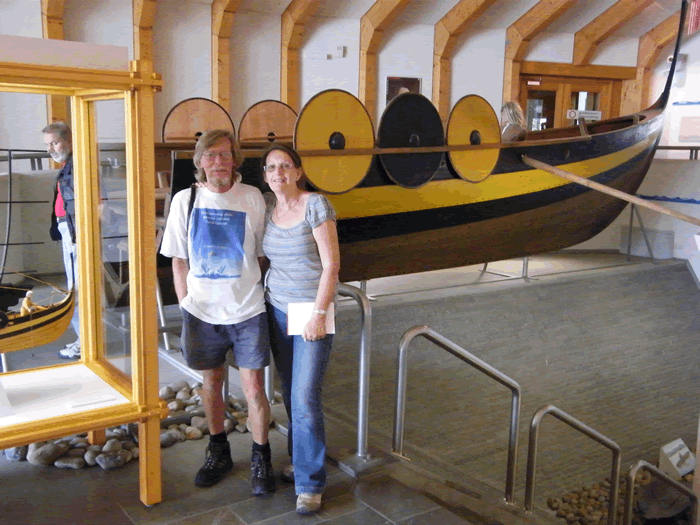
| HOME | ABOUT | PEMBROKE | MONKTON | TIMELINE | LANDSCAPE | GALLERIES | PUBLICATIONS | CONTACTS |
Pembroke story
THE DARK AGES & THE EMERGENCE OF WALES
We know little about the period following the collapse of Rome and for that reason the following centuries from around 400 to 800 AD are popularly known as the Dark Ages. But it was during this time that the country and people of Wales began to emerge as a separate and distinct nation divided between independent rulers. Invading Anglo Saxons and Danes spread through most of England, assimilating and integrating with the existing inhabitants to eventually become 'England'. 'Wales' was that area of Britain retained by the native Britons : Wales is in fact derived from the Anglo Saxon Wealas meaning foreigners. The Welsh would have referred to themselves as Britones, the dominant native people of Britain, speaking a common tongue and possessing a common history and cultural heritage. From the 7th century Cymry, from the old Welsh Cymbrogi meaning compatriots, came into use and from the 12th century would become the dominant native term. Wales held out as did Cornwall and Cumbria (which means "land of the Cymry") . The Cymry of Wales were able to maintain their independence and their language, the old Brittonic tongue, evolved into Welsh. Christianity and the Age of the Saints The invaders were pagan, but in Wales the small cult of Christianity spread during the sixth century and helped stregthen a Welsh identity. Christianity was introduced into Britain some time during the Roman occupation. After the Romans left there was so much disorder and violence that some of the holiest among the Christians sought peace and refuge in remote places: such a place was Pembrokeshire. They chose barren or secluded spots where they could peacefully live a life of devotion and service to God. The sixth century in particular was a period of great religious activity, for it produced a number of distinguished monks, or saints, some of whom won fame as scholars, teachers and the founding new churhes. Many of these Celtic saints and their disciples travelled across the Irish Sea on their missionary journeys sailing in frail skin baots similar to the irish curragh. One of these was St David, our Patron Saint. He was said to have died on March I AD588. Our most local saints was St Deiniol: the church dedicated to him is a local landmark on top of St Daniel's Hill, Pembroke. Then there is St Govan, whose remote chapel on the rugged coastline a few miles south of Pembroke is noe a popular tourist attraction. An early Christian site existed on what was later to become Monkton Priory
St Govan's Chapel, near Pembroke
St Daniel
The Emergence of the Early Welsh Kingdoms During the last half of the third century a group of Irish settlers arrived in north Pembrokeshire. According to legend, they were members of the Deisi tribe, which had been expelled from Ireland. The leaders of the group founded a royal dynasty that, over the centuries, expanded its power and influence across west Wales and whose descendants reigned until the beginning of the 13th century.
The first of these kings bore Irish names; Eochaid Allmuir, Aed Brosc and so on, but by the middle of the 6th century they had become absorbed into Welsh culture and legend, as reflected in their names; Gwlyddien, Maredudd, Rhain, amongst others. There was even a King Arthur, who is said to have died in battle in about 547!
The kingdom over which these settlers ruled was known as Demed, after the Demetae, the Celtic tribe that occupied the area during the Roman occupation. Over the years, the name Demed became Deued and finally Dyfed.
Wales was to emerge as a number of warring kingdoms. In the 8th century Offa of Mercia marked his kingdom's western boundary with an embankment stretching 160 miles between Chepstow and Pretatyn: Offa's Dyke thereby marked the boundary of Wales as a separate country. Leaders emerged and attempts at unification although Wales, to its cost was never to achieve this. Prominent was Rhodri Mawr who united the kingdoms of Gwynedd, Powys and Seisyllwg in the South west and fought back against a great menace which was from the 8th century afflicting the coastal settlements.
During the 8th to the 10th centuries, Pembrokeshire was subject to Viking raids from bases in Ireland and Scotland which terrorised the coasts of Pembrokeshire. St David’s Cathedral was attacked and in the winter of 877-878, a warrior named Hubba brought 23 ships into Milford Haven. The village of Hubberston is named after him.
The off-shore islands have Norse names; Ramsey was named Hramsa-ey, the island of wild-garlic; Skokholm was Stokkr holmr, the island in the sound; Skomer, from Skalm-ey, the cleft or split island, referring to two bays on opposite sides of the island; and Caldy, or Kald-ey, the cold-island. The name Milford may derive from Melr-Fiord, the fiord with sand-banks, after the sandy beaches to be found along the waterway.
Recent excavations near Pembroke unearthed the remains of iron-smelting furnaces dating back to the 8th to 10th centuries, as well as two buildings with curved sides, a typical feature of Scandinavian houses. This would seem to suggest that in time the Vikings gave up their warlike ways and became settlers like all the previous invaders. Rhodri Mawr However, the Vikings never took control of Wales or overcame the powers of the Welsh kings. Notably Rhodri Mawr 'The Great', ruler of Gwynedd, defeated the Danes in 856, a famous victory which earned him the epithet 'the Great'. He ruled over nearly three quarters of Wales but the English slew him in battle in 877. Afterwards his kingdom was split up. Hywell Dda Rhodri's grandson was Hywell Dda, 'the Good', who reigned from about 906 until 950. King Hywell is chiefly remembered for the system of Welsh law that was codified during his reign. The meetings at which these laws were developed are said to have taken place at the king’s palace at Whitland (Hendy Gwyn). Hywell also succeeded in combining the kingdoms of Dyfet and Seisyllwg to form a new realm of Deheubarth. This new territory covered much of what is now west Wales and was still in existence when the Normans conquered the area in the 1090’s. 1066 and the Norman Conquest of England The Normans conquered England in a single compaign but their onslaught on Wales lasted more than 2 centuries. William had no intention of conquering Wales in person: instead he established a powerful buffer zone of mighty earldoms along the English border. Conquest was largely the work of freebooting Marcher lords; Norman barons employing new weapons and symbols of power - the knight and the castle.
|
Through the Ages
 |
| Beginnings |
| Iron and Rome |
 |
| Dark Ages |
 |
| Normans |
 |
| Earldom of Pembroke |
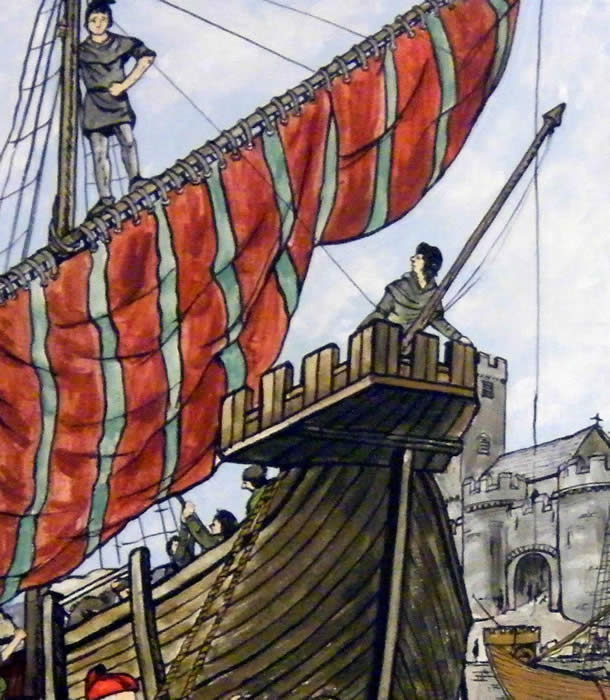 |
| Medieval Pembroke |
 |
| Wars of the Roses |
 |
| Tudor |
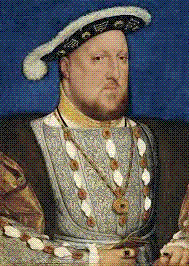 |
| Religious and political change |
 |
| Stuart & Civil War |
 |
| 18th Century |
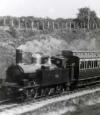 |
| 19th Century |
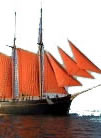 |
| Modern Times |
